The Soundtrack of Urban Life
Walking through a city is more than just a visual experience. The sounds around us shape the way we perceive our surroundings. Whether it’s the rhythm of street performers, the hum of traffic, or a song playing through a café’s speakers, music has a powerful way of influencing our emotions and interactions in an urban setting.
Music alters mood, creates memories, and even changes how we navigate the streets. A lively beat can turn an ordinary commute into an energizing walk, while a soothing tune can make a park bench feel like a peaceful retreat. The way a city feels can be dramatically different depending on the soundtrack accompanying our journey. This connection between sound and space is something that many may not think about, but it plays a big role in shaping daily experiences. Whether intentionally or not, the music we hear in the background contributes to the way we interpret and interact with our surroundings.
The Emotional Connection Between Music and Place
Have you ever noticed how certain songs remind you of specific locations? A familiar melody playing in the background while you explore a new neighborhood can form an instant attachment. Music provides a sense of nostalgia, making places feel more personal and memorable. The simple act of hearing a song associated with a special moment in a particular place can transport you back to that time instantly.
In many cities, different areas are associated with distinct musical styles. For example, jazz clubs in New Orleans, electronic beats in Berlin, or the fusion of sounds in Tokyo’s bustling districts all contribute to a city’s identity. These sounds add depth and authenticity to a location’s cultural experience. Even within a single city, neighborhoods might have unique soundscapes—upscale shopping districts may lean toward soft instrumental music, while underground arts areas might embrace experimental sounds. This relationship between sound and place helps create lasting memories, reinforcing the emotional attachment people develop toward certain urban spaces.
How Music Shapes Perception of Space
Music not only creates memories but also changes the way people perceive urban spaces. It can make a crowded street feel exciting or a quiet park feel even more peaceful. The way music influences perception depends on its tempo, tone, and cultural association. Here are a few ways music impacts the experience of a city:
- Pace and Movement – Fast-tempo music encourages people to move quickly, whether they’re walking through a train station or jogging along a riverbank. In contrast, slower melodies can make people stroll leisurely and take in their surroundings, perfect for art galleries or outdoor cafés.
- Atmosphere and Ambience – A well-chosen playlist in a café, shopping mall, or public square sets the tone for the space, influencing whether people feel relaxed, energized, or engaged. Mellow acoustic tunes create a cozy setting, while vibrant pop hits can make an area feel lively and social.
- Emotional Influence – Upbeat music can make a gloomy day feel brighter, while melancholic tunes can amplify feelings of solitude in a big city. People often turn to music as a way to control their emotions in response to their environment.
- Social Interaction – Live music performances, whether from street musicians or organized concerts, bring people together and foster a sense of community. The presence of music in social spaces encourages engagement, conversation, and connection among strangers.
Public Spaces and the Role of Music
Many cities around the world have recognized the impact of music on public life. That’s why you’ll find curated soundscapes in parks, subway stations, and even airports. The right mix of music can help reduce stress, encourage positive behavior, and make public spaces more enjoyable.
Some cities use music strategically to shape public experiences. For instance, certain metro stations play classical music to create a calming environment and deter loitering. Meanwhile, lively street performances in plazas can draw crowds and add vibrancy to the urban landscape. In some cases, city planners and designers integrate soundscapes into architecture, ensuring that specific areas maintain a particular sonic identity. This deliberate use of music helps shape how people feel and behave in a given space, making the city experience more dynamic and engaging.
The Influence of Personal Playlists
Beyond the sounds naturally present in the city, people often curate their own experiences through personal playlists. Walking through town with headphones on allows individuals to create their own world within the larger cityscape. This personalization of music can make a place feel familiar and comforting or even enhance its sense of adventure.
Music as a Mood Setter
Selecting specific songs can shift emotions, whether it’s a high-energy playlist for motivation or soft instrumentals for relaxation. Commuters often rely on music to get into the right headspace for work, socializing, or simply unwinding after a long day.
Sound as a Form of Escapism
Tuning into music can provide a sense of personal space, making a busy city feel more manageable. It serves as a buffer against noise pollution, allowing individuals to feel less overwhelmed in chaotic environments.
Association with Places
Songs listened to frequently in a certain spot become tied to that location in memory, making even a routine walk feel more meaningful. Over time, a particular song can become synonymous with a specific route, park, or building, reinforcing the bond between music and location.
The Future of Music in Urban Spaces
As technology evolves, so does the relationship between music and the city. Many cities are incorporating interactive sound installations, allowing people to engage with music in new ways. Public art projects featuring musical elements create immersive experiences, while advances in augmented reality could soon allow users to customize their urban soundscape in real time.
Streaming services and location-based playlists also have the potential to redefine how people experience different parts of a city. Imagine walking through Chinatown and having a playlist automatically adjust to feature traditional melodies or visiting a beachside boardwalk and hearing tropical beats curated to match the environment. Personalized soundscapes may soon be a regular feature of everyday city life, enhancing the urban experience by aligning music with movement, location, and even weather conditions.
Additionally, smart city initiatives are beginning to integrate adaptive audio technology. This means that in the future, city streets and public areas could use artificial intelligence to adjust soundscapes dynamically based on time of day, traffic patterns, and crowd density. Whether through interactive speakers embedded in park benches or personalized sound zones in public squares, the future of music in urban spaces is set to be more innovative and immersive than ever before.
Music is more than just background noise—it’s an essential part of how people experience cities. From shaping moods to creating memories, it has the power to transform everyday urban life. Whether it’s through the melodies of street performers, curated public soundscapes, or personal playlists, music adds depth to the way people engage with the spaces around them. As technology and urban planning continue to evolve, the role of music in shaping city life will only become more influential, making urban spaces feel more connected, personal, and alive.
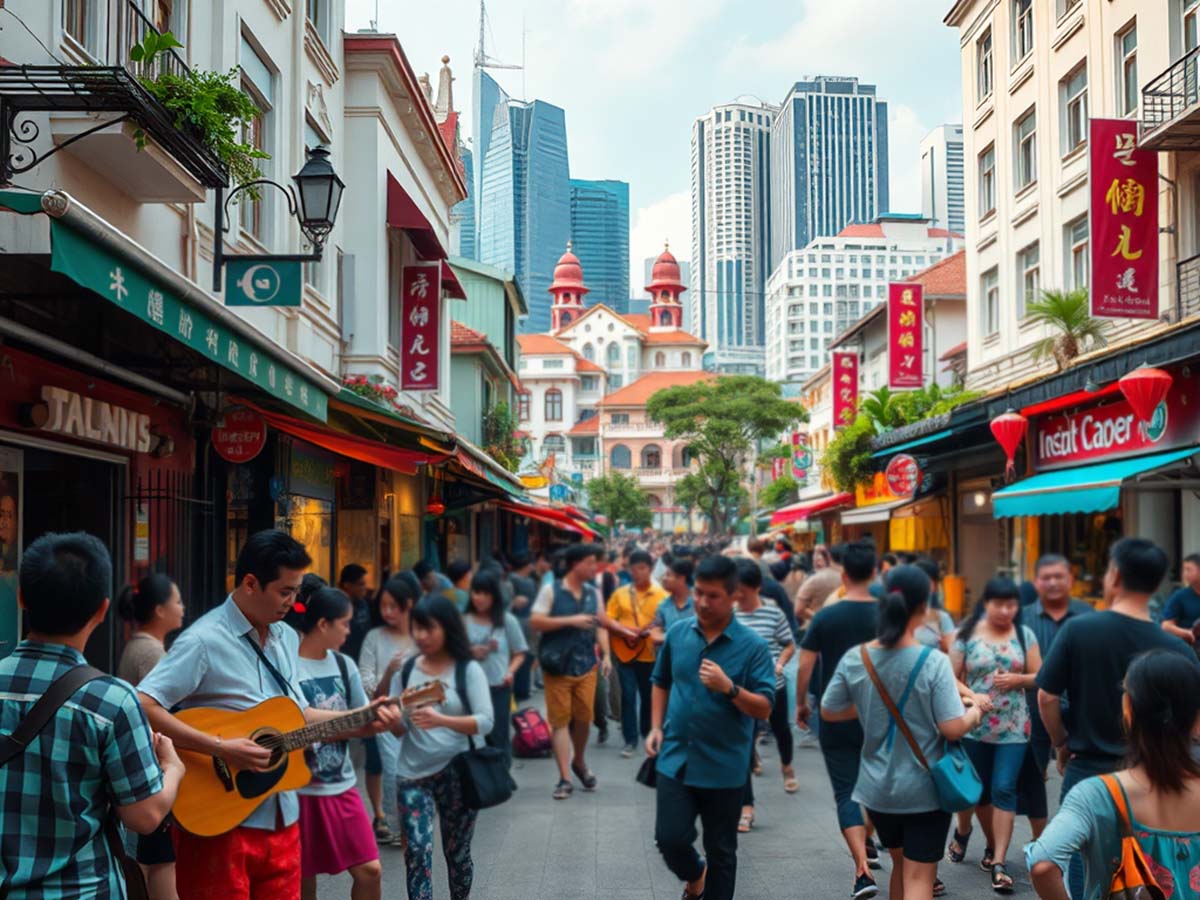
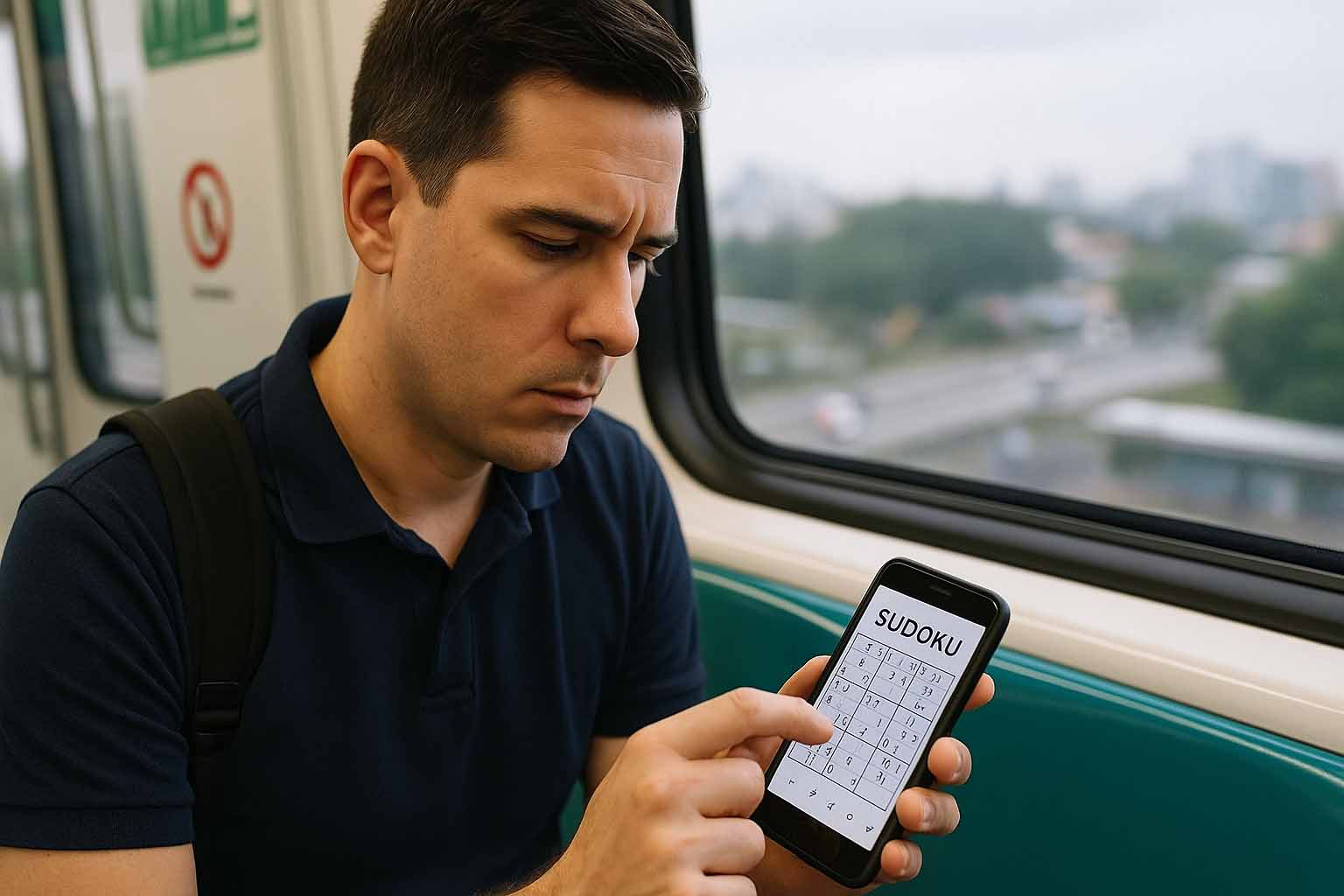
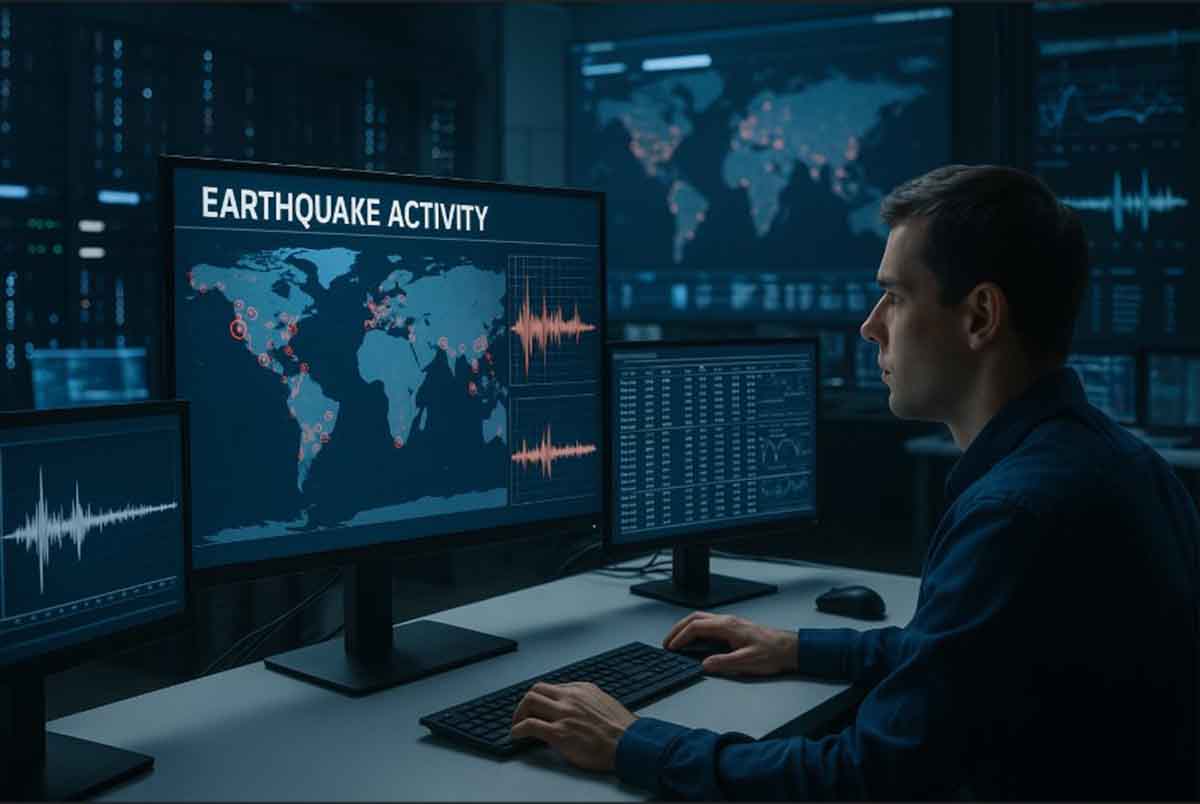

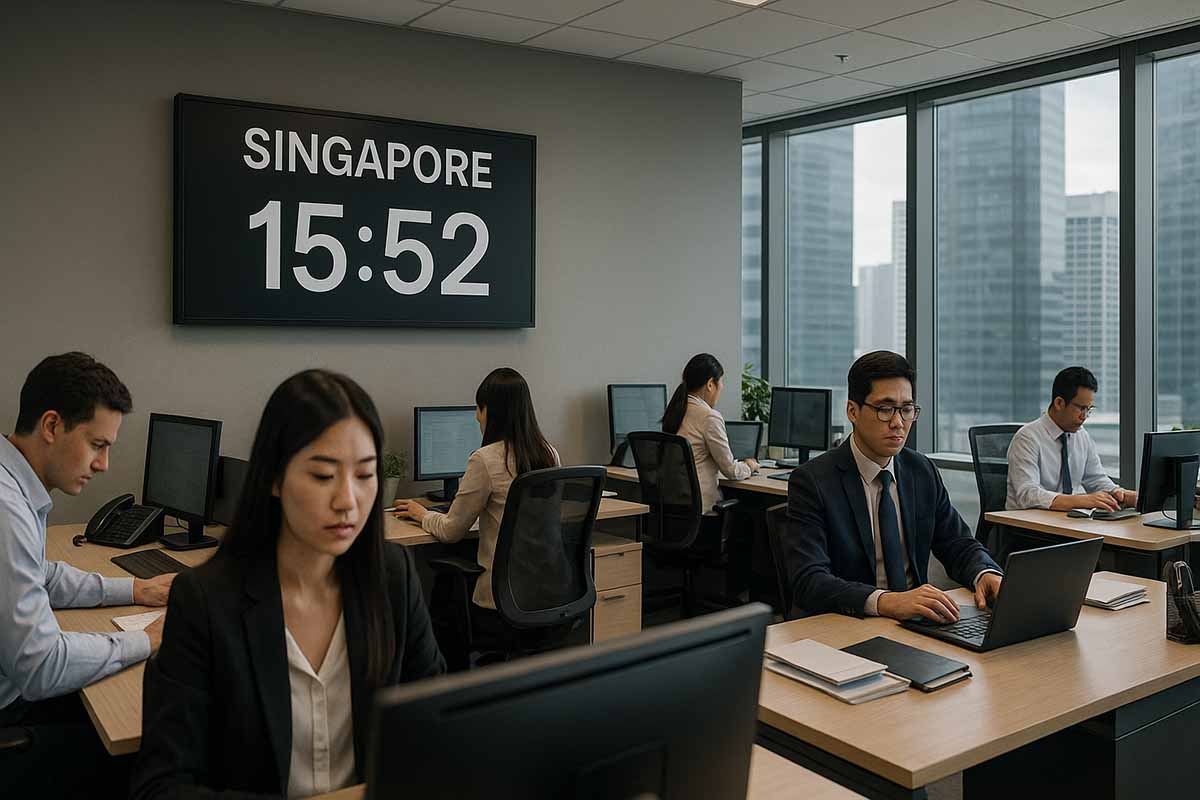

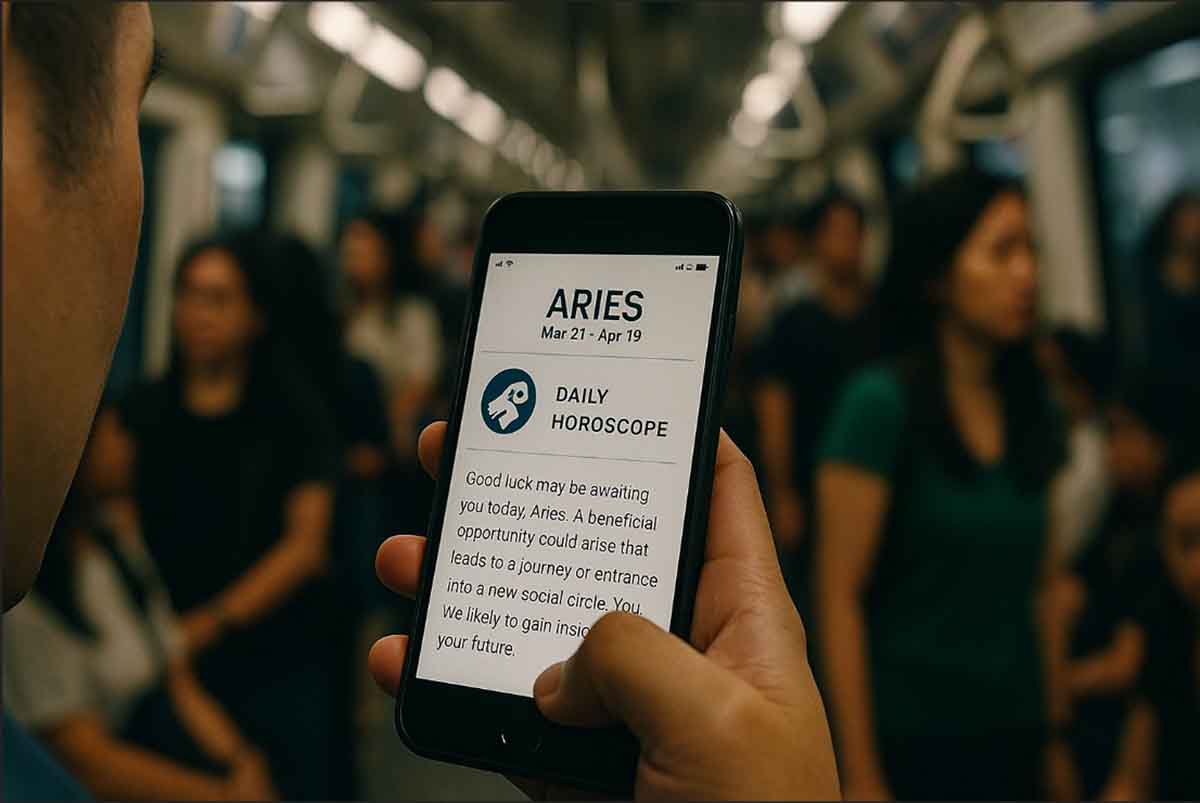

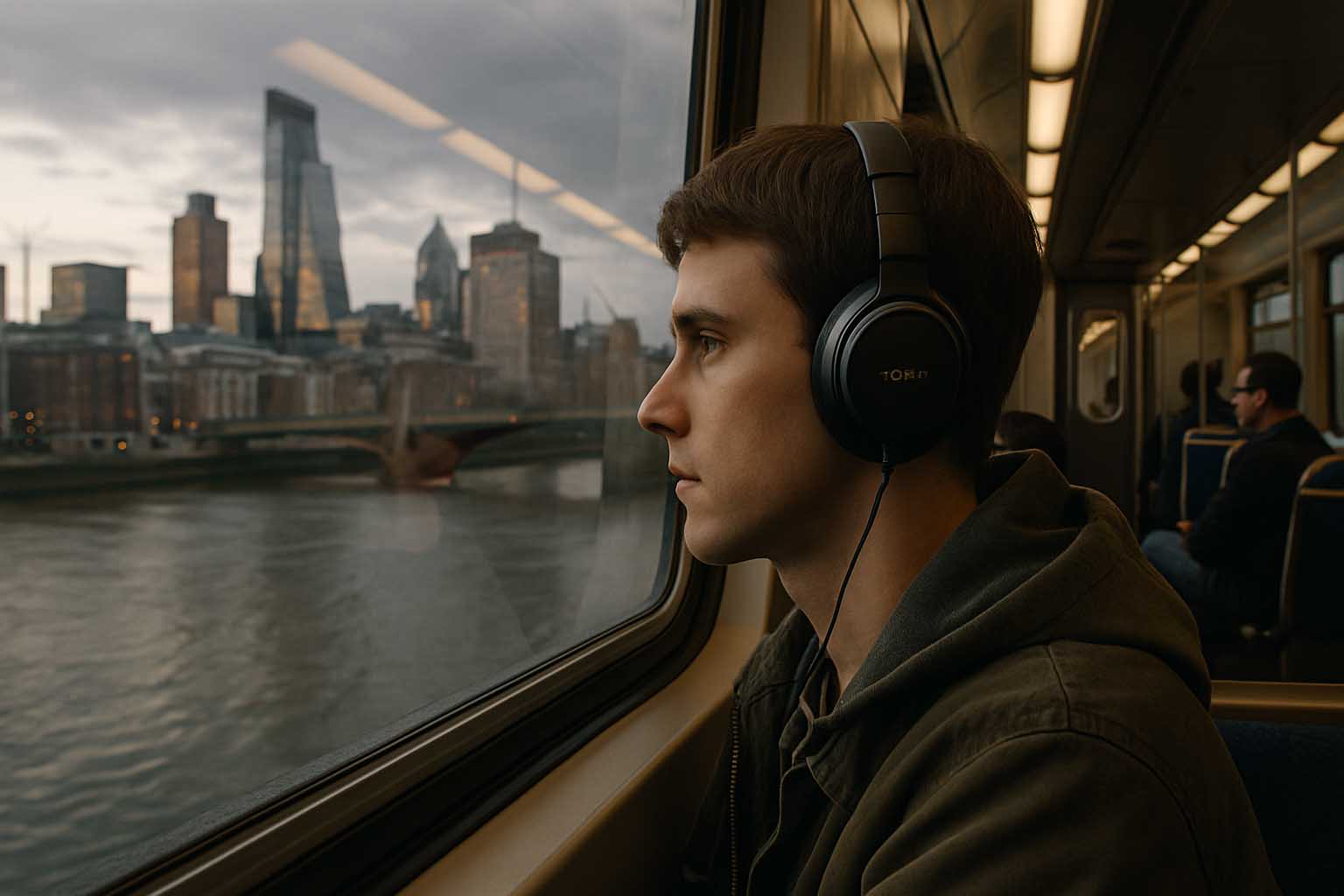
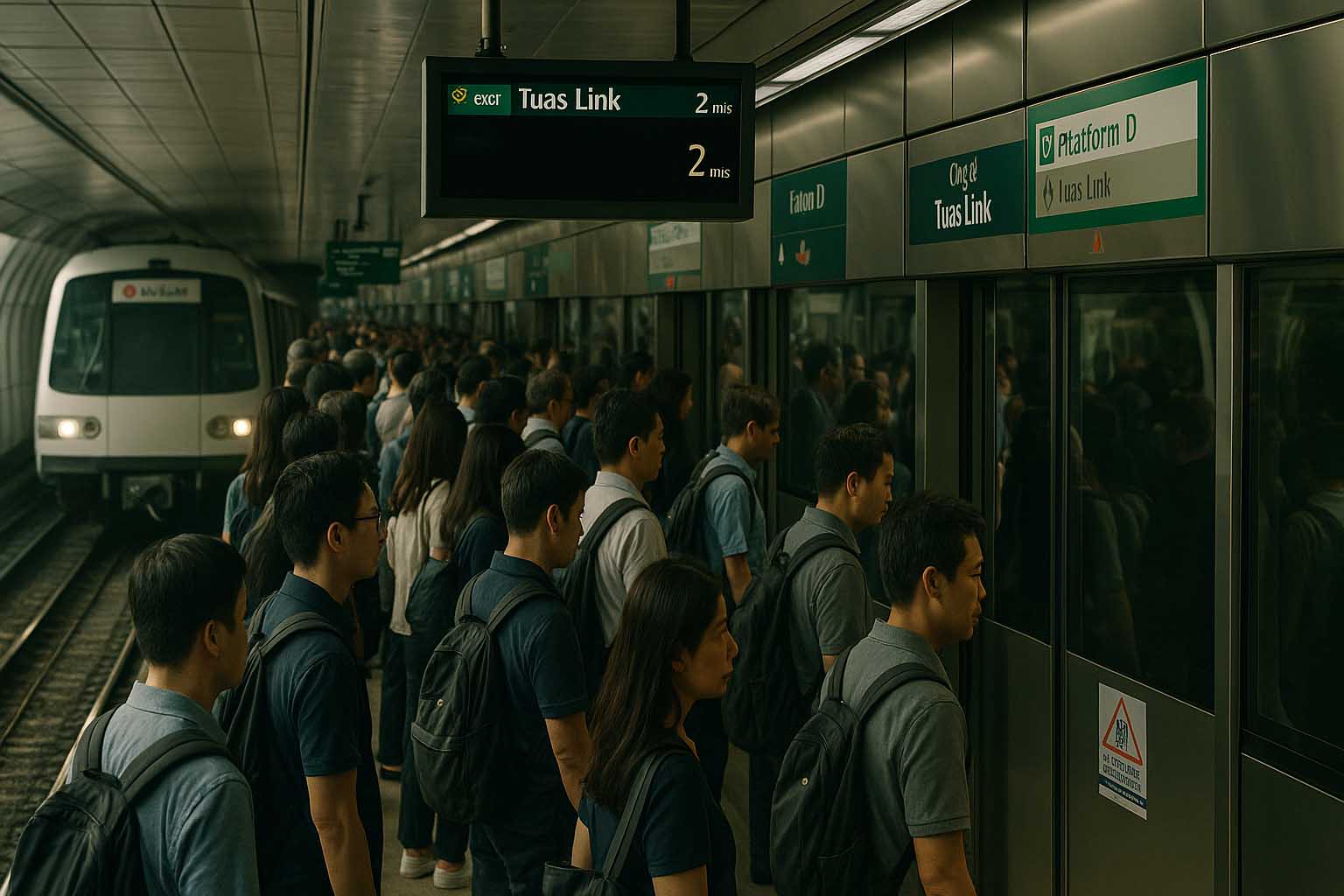
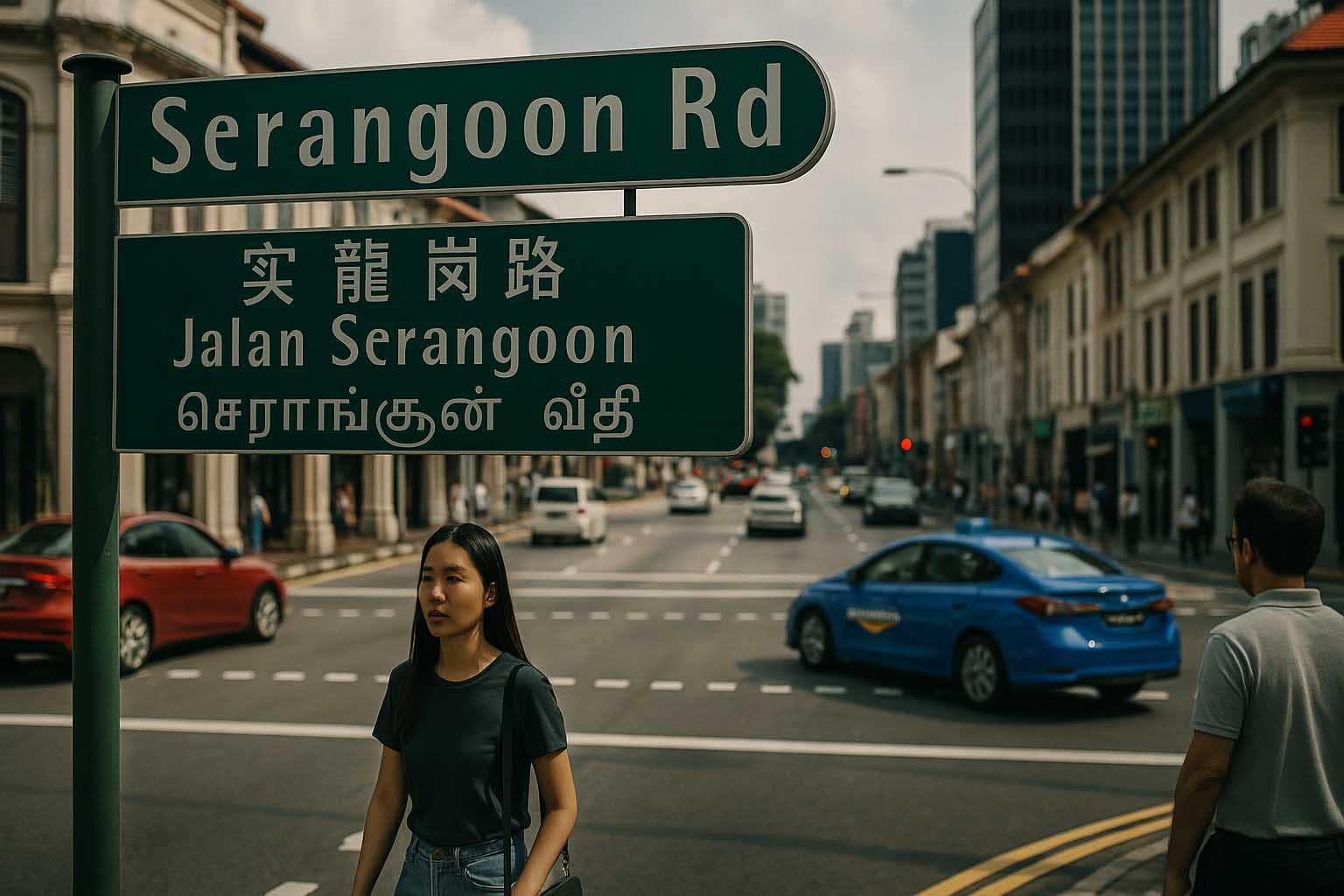
Leave a Reply